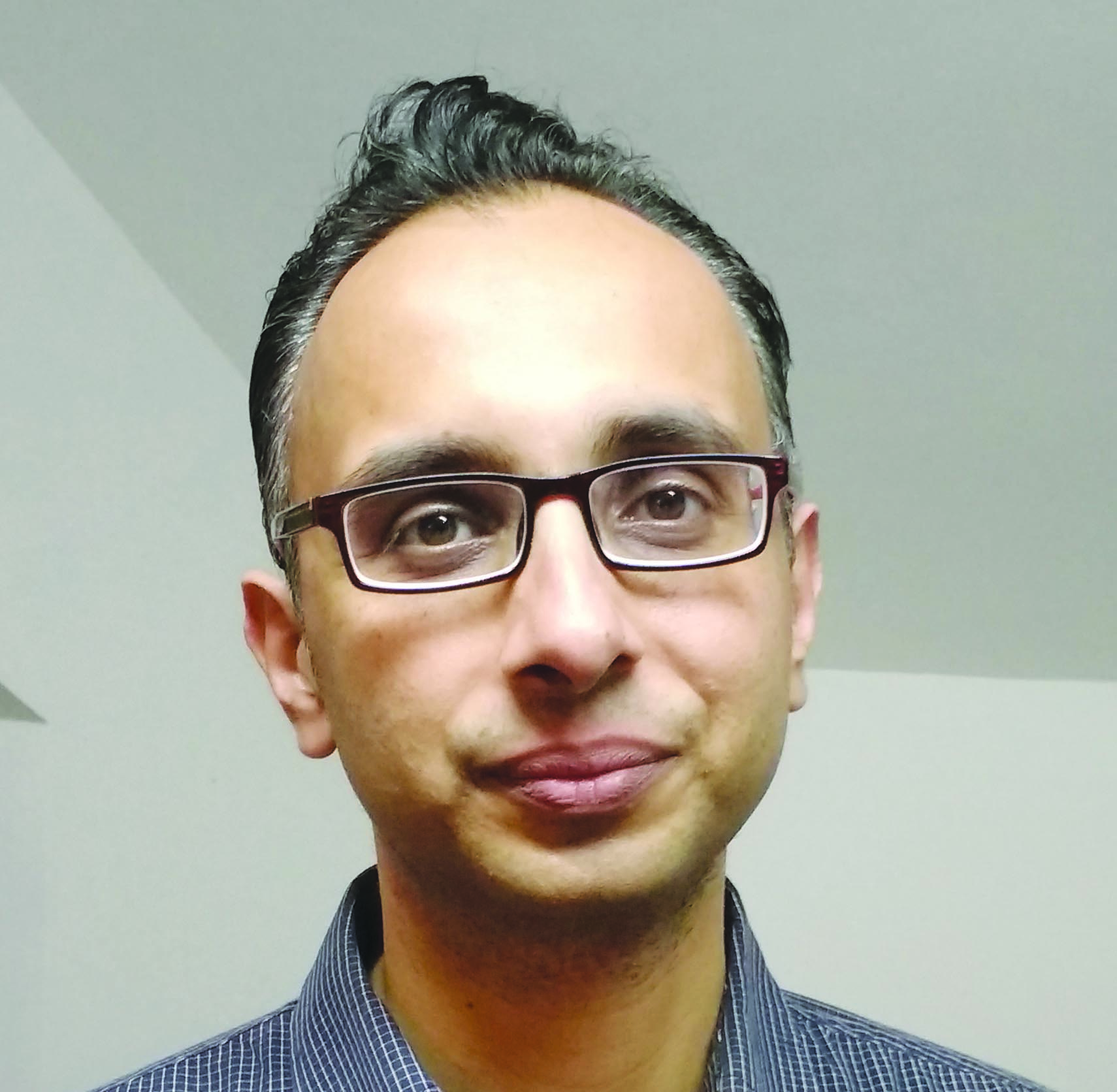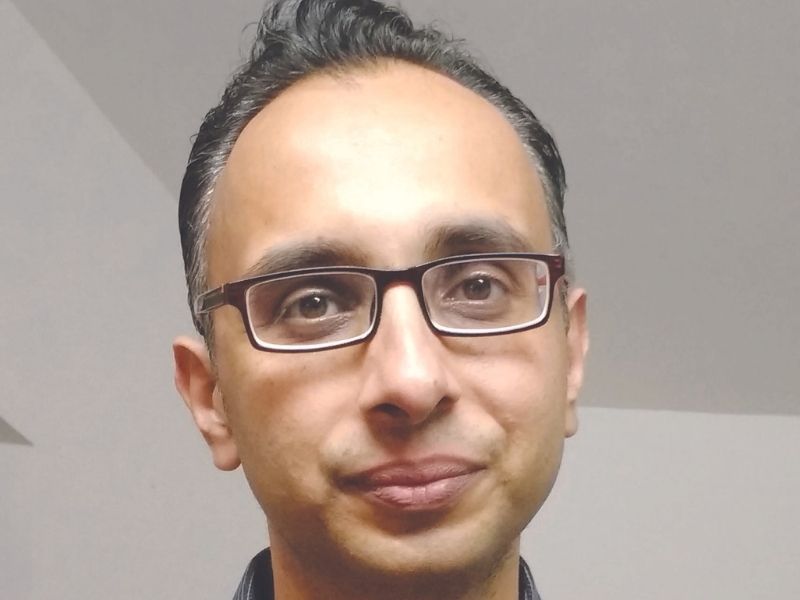Liberal education can unlock all inherent capacities of human beings — intellectual, aesthetic, social, physical, emotional and moral — in an integrated manner, writes Viraj Kumar

A key pillar of the National Education Policy (NEP 2020) is liberal (“holistic and multidisciplinary”) education, which sensitises students to the fundamentally interconnected nature of all human knowledge and enquiry. Given the tradition of single-disciplinary undergraduate education over the past seven decades since independence, why NEP 2020 takes a contrary stance requires explanation.
There are three principal arguments. First, no education system should deprive learners of holistic mental development associated with broad-based exposure to multiple disciplinary ways of thinking. A liberal education enables learners to develop both sides of the brain — creative/artistic and analytic — which can make learning a joyful experience. Historically, such education has been unaffordable for most students. The Kothari Commission report (1964) acknowledged this inequity and stipulated that “some study of science should become a part of all courses in the humanities and social sciences at the university stage, even as the teaching of science can be enriched by the inclusion of some elements of the humanities and social sciences”. NEP 2020 endorses and extrapolates this viewpoint.
Second, the Yash Pal Committee’s report (2009) noted: “We have overlooked that new knowledge and new insights have often originated at the boundaries of disciplines… one could almost say that most serious problems of the world today arise from the fact that we are dominated by striations of expertise with deep chasms in between.” Such striations have altered the course of history. For instance, as Prof. Roddam Narasimha noted in 1999, the British were able to rapidly close Tipu Sultan’s technology advantage in military rockets thanks to stronger interconnects between their scientific and technological communities.
Third, for graduates entering a world buffeted by pandemics, climate change, and disruptive technologies such as AI (artificial intelligence), liberal education provides a combination of transferable and uniquely human skills, enabling them to adapt to challenging work environments. Failure to adapt could result, in the staggeringly prescient words of Dr. Vikram Sarabhai, to the “obsolescence of people”. More recently, the historian Yuval Noah Harari has coined a similarly thought-and-action provoking term: the “useless class”.
Even if one accepts some or all of these arguments, she may still wonder how an education system that currently fails to provide universal foundational literacy and numeracy can provide meaningful liberal education at scale. A one-size-fits-all approach contradicts NEP 2020’s recognition of the importance of institutional autonomy. At the same time, it is evident that among the vast majority of institutions currently operating within a discipline-specific framework, a substantial number lack the resources to develop suitable liberal education models de novo. In the absence of models, some institutions pay mere lip-service to the idea of liberal education, or develop flawed models (for instance, merely offering a set of unrelated courses). Therefore, it is essential to create baseline models that institutions can adopt and refine over time.
Two models proposed in a book Breaking the Silo: Integrated Science Education in India (2017), by Anup Dhar, Tejaswini Niranjana and K. Sridhar, could serve as a starting point. In the ‘soft integration model’, a proportion of the curriculum is reserved for ‘dialogue’ between multiple disciplines and their respective methodologies to help students recognise the promise and value of more than one viewpoint. This ‘pedagogy heavy’ model can be complemented with interdisciplinary projects of similar complexity to traditional projects at the undergraduate level.
On the other hand, the ‘strong integration model’ requires total rethink of the traditional single discipline-based programme structure. In this model, programmes are defined by critical but sufficiently broad problem areas such as clean energy or adult literacy, and fidelity is to the problem (not disciplines) involved. Thus, a clean energy programme will include core courses in physics, renewable energy technologies, energy economics, as well as electives attuned to specific research and consultancy projects. In contrast to the pedagogy heavy soft integration model, the strong integration model is more research/consultancy heavy.
Both these models necessitate greater interaction between faculty, between students and faculty, and between students. Language fluency is obviously necessary, but effective communication between humans goes well beyond intelligibility. It requires an understanding of diverse cultures, perceptiveness, and sensitivity to differing perspectives. A liberal education can unlock all human capacities — intellectual, aesthetic, social, physical, emotional and moral — in an integrated manner. Individuals with these characteristics will provide the bedrock for a better India and better world.
(Viraj Kumar is adjunct professor, NIAS and Dayanand Sagar University, Bengaluru. This is an abridged version of an address delivered by Dr. K. Kasturirangan on August 11 at NIEPA University)
Also read: NEP to turn India into global knowledge hub: Pradhan
